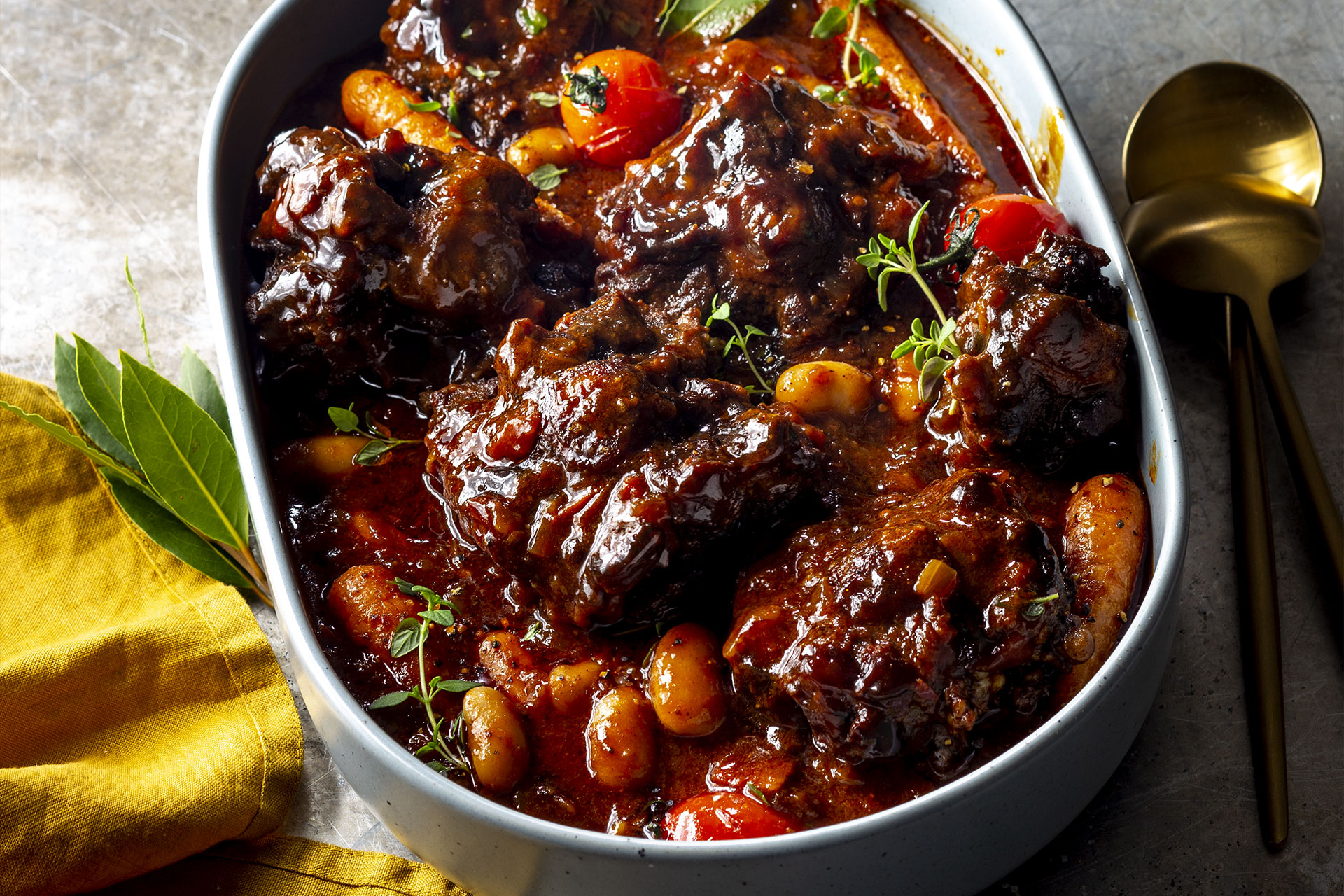Oxtail, once considered a humble cut of meat, has gained popularity due to its rich flavor and versatility in various cuisines. Still, is it a sensible option? To determine this, let’s review what is oxtail, its nutritional profile, and discuss possible health advantages and issues.
Nutritional Profile of Oxtail
Oxtail is a cut of meat that comes from the tail of cattle, primarily composed of bone, cartilage, and muscle. This unusual mix makes it high in many vitamins. One hundred grams of oxtail supplies almost:
- Calories: Around 250-300 kcal
- Protein: About 17 grams
- Fat: Roughly 18 grams (with a mix of saturated and unsaturated fats)
- Collagen and Gelatin: High levels due to the connective tissues
While the presence of collagen and gelatin promotes joint health and skin suppleness, the great protein content helps muscle maintenance and repair.

Health Benefits of Eating Oxtail
Rich in Collagen and Gelatin:
Oxtail is abundant in collagen, which heated renders into gelatin. Gelatin supports intestinal health, increases skin elasticity, and helps joints be healthy. It helps the gut lining to recover and advances a better digestive system.
Good Source of Protein:
Essential for muscular development, tissue healing, and immune system action, oxtail offers a superior supply of protein. Additionally encouraging fullness, protein supports weight control and helps to lower appetite.
High in Essential Minerals:
Minerals abound in oxtail, including calcium, phosphorus, and iron. Red blood cell formation and energy levels depend on iron; calcium and phosphorus assist bone health, but iron is very vital.
Supports Bone Health:
When slow-cooked, the minerals in oxtail—including calcium and magnesium—release into the broth and offer further advantages for bone density and strength.
Potential Health Considerations
High Fat Content:
Oxtail is heavy in fat, especially saturated fats, which, in big quantities, could raise cholesterol levels. Enjoy oxtail in moderation; particularly if you are watching your fat consumption, this is wise.
Caloric Density:
Oxtail’s high calorie count makes it less than perfect for someone on a low-calorie diet. In a meal, juggling oxtail with veggies and nutritious grains can help control calorie count.
Time-Intensive Preparation:
Slow-cooked oxtails are the tastiest ones since this technique softens the flesh and releases the nutrients from the bone. Though it requires preparation, the long cooking period produces a tasty, nutrient-dense meal.
Under moderation, what is oxtail can be a beneficial addition to your diet. Its high collagen, mineral content, and abundant proteins help with joint, skin, and bone health. Still, its heavy fat and calorie count calls for balancing it with a range of other nutrient-dense foods. Accept oxtail as a sporadic treat, and you will savor its taste as well as its nutritional value.

